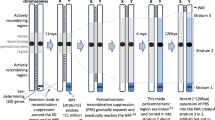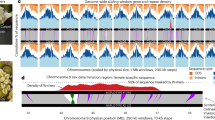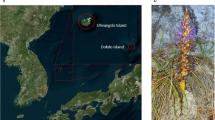Abstract
IN addition to the chromosome counts for British parasitic plants belonging to the Orobanchaceae already published1, three new counts have been obtained for foreign species. Orobanche cernua var. desertorum Beck (Indian material) was found to possess a diploid complement of 38, as do other members of the subgenus Osproleon, while O. ramosa L. (German material) was found to have 2n = 24 chromosomes, this being the number which I recorded for O. purpurea Jacq., another member of the sub-genus Trionychon. Cistanche tubulosa Wight (Indian material) was found to have 2n = 40 chromosomes. These three counts were made from meiotic stages in pollen-mother cells. The basic number of x; = 12, which has been found for the two members of the subgenus Trionychon, may be contrasted with x = 19 for the members of the subgenus Osproleon; it might be considered that the cytological evidence is such that the relationship between these subgenera is not so close as morphological features appear to indicate.
This is a preview of subscription content, access via your institution
Access options
Subscribe to this journal
Receive 51 print issues and online access
$199.00 per year
only $3.90 per issue
Buy this article
- Purchase on SpringerLink
- Instant access to full article PDF
Prices may be subject to local taxes which are calculated during checkout
Similar content being viewed by others
References
Hambler, D. J., Nature, 174, 838 (1954).
Author information
Authors and Affiliations
Rights and permissions
About this article
Cite this article
HAMBLER, D. Further Chromosome Counts in Orobanchaceae. Nature 177, 438–439 (1956). https://doi.org/10.1038/177438b0
Issue date:
DOI: https://doi.org/10.1038/177438b0



